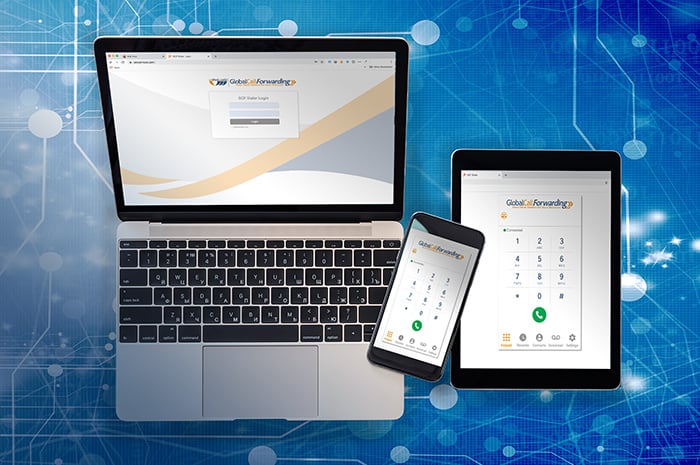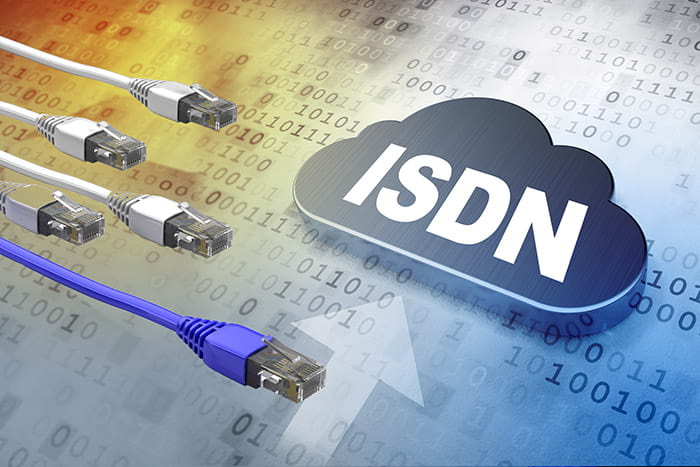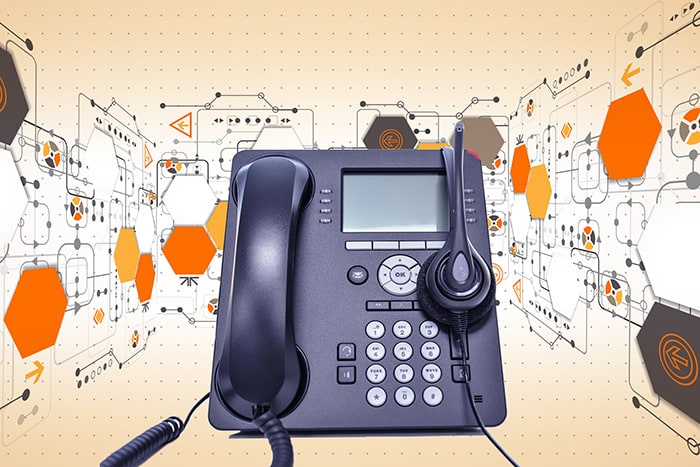Can’t decide which of the different types of contact centers is right for your business communication needs? Here we highlight 7 types of call centers to help you understand which is ideal for your purposes.
Understanding the 7 Types of Contact Centers
There are a few different types of contact centers that exist with different focuses and purposes. This ranges from centers that have it all or centers that focus on incoming or outgoing calls, those that use specific virtual call center software to centers offering multichannel communication options, and so on. You can also outsource your communication needs to some centers. On the other hand, other types of call center software can give your business access to contact center tools to use in-house.
However, which type of call center or call center software that will work for you depends on your specific needs. So, let’s look at the 7 types of contact centers:
- Call centers
- Contact centers
- Inbound centers
- Outbound centers
- On-premise centers
- Cloud-based or virtual centers
- Multichannel or omnichannel centers
Let’s look at each of these types of contact centers individually.
1. Call Centers
The terms call center and contact center are often used interchangeably; however, there are a few differences between them. A call center, for instance, is a centralized center where reps answer incoming calls from potential and current customers of various businesses. Some call centers handle only incoming or outgoing calls while others handle both, also called ‘blended’ centers. Additionally, a business can have an in-house or on-premise call center or they can outsource their needs to a company specializing in call center services.
2. Contact Centers
Contact centers are similar to call centers except that they are more multichannel or omnichannel. This means that along with receiving calls, these centers also offer email, SMS, live chat, and social media communication channels. Call centers usually stick to phone conversations only while contact centers offer more channels and modes of contact.
3. Inbound Centers
Inbound contact centers focus primarily on incoming calls. This means that they have trained agents and reps to answer calls and provide sales or customer support services. Most inbound contact centers are generally customer service-oriented. Customers generally call a business for a few reasons:
- Inquire about a product or service
- Ask for technical support
- Receive assistance with a purchased product or service
Usually, an IVR system answers the call and interacts with the caller by offering menu options. Then, it proceeds to help the caller via pre-recorded messages or by transferring the caller to the right department.
The goal of inbound centers is to handle customer calls and concerns quickly and efficiently. This means answering and resolving calls professionally. This helps retain more customers by increasing customer satisfaction.
4. Outbound Centers
Outbound contact centers do the opposite of inbound centers. That is, they focus primarily on outgoing calls and lead generation. These contact centers call lists of potential clients or leads in an attempt to make new sales. Outbound centers use customer relationship management (CRM) systems to keep track of contacts, leads, and calls. Some outbound centers offer additional outbound calling services such as fundraising, collecting customer feedback and surveys, outreach efforts, and more.
5. On-premise Centers
Many types of contact centers work on-premise or in-house. This means that the call center works within your office and all the hardware and software are operated and managed by your in-house IT team.
On-premise centers are known for their high level of data security and therefore tend to be more reliable and have better call quality. Additionally, you will have total control over your communication system and you can use it according to your needs. However, running your contact center on-premise means that your business will be in charge of purchasing and maintaining hardware, hiring a highly-skilled IT team, and paying other upgrade costs. All of this can lead to higher costs for your business.
And so when deciding whether you need an on-premise center, consider this: do you have the budget, infrastructure, and IT team to handle the system in-house?
6. Cloud-Based or Virtual Call Centers
Cloud call centers are an alternative to on-premise centers. They work virtually and are hosted by your provider. In other words, your provider runs and manages your call center software while you simply use the service.
A cloud-based contact center gives you less control. However, your business is not responsible for any hardware or maintenance costs, which can save substantially on expenses. Your teams can access the software from any location or device as long as they have a good internet connection. Most businesses that manage remote teams use virtual call center software to provide their teams with the right tools needed for excellent customer service.
7. Multichannel or Omnichannel Centers
Multichannel and omnichannel centers are one of the most effective types of contact centers that offer not just voice but other communication channels as well. This includes video, email, SMS, live chat, and social media engagement. One thing to note is that multichannel centers may not offer all communication channels while omnichannel centers do.
Having multichannel support can help your business reach more customers across different channels. Interested customers who do not prefer phone conversations can use other means to connect with your business, which helps you increase your customer base.
Choosing the Right Call Center Software for Your Business
Businesses of every type can use call center or contact center software to improve the way they interact with their customers. You can enhance caller experience, increase customer satisfaction, and in turn, improve your business’ overall sales. Reach out to us today to learn more!
 Network & Reliablity
Network & Reliablity Country Coverage
Country Coverage Testimonials
Testimonials Customer Stories
Customer Stories Local 2-Way Voice
Local 2-Way Voice Toll Free Numbers
Toll Free Numbers Local Phone Numbers
Local Phone Numbers Toll Free FlexDial
Toll Free FlexDial BYOC
BYOC Outbound Calling
Outbound Calling SIP Trunking
SIP Trunking Call Forwarding
Call Forwarding AI Call Insights
AI Call Insights Call Transcription
Call Transcription IVR Auto-Attendant
IVR Auto-Attendant Analytics & Reporting
Analytics & Reporting Call Recording
Call Recording Time-of-Day Routing
Time-of-Day Routing Voicemail
Voicemail Salesforce
Salesforce HubSpot
HubSpot Zoho
Zoho  MS Teams
MS Teams  Genesys PureCloud
Genesys PureCloud 3CX
3CX ZenDesk
ZenDesk  Intercom
Intercom Gorgias
Gorgias Onboarding
Onboarding Knowledge Base
Knowledge Base Blog
Blog









![Top Germany Toll Free Number Providers [2025]](https://www.unitedworldtelecom.com/wp-content/uploads/2020/08/germany-foll-free-number-providers.jpg)